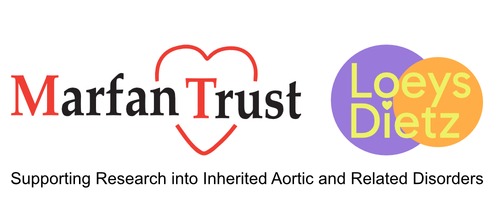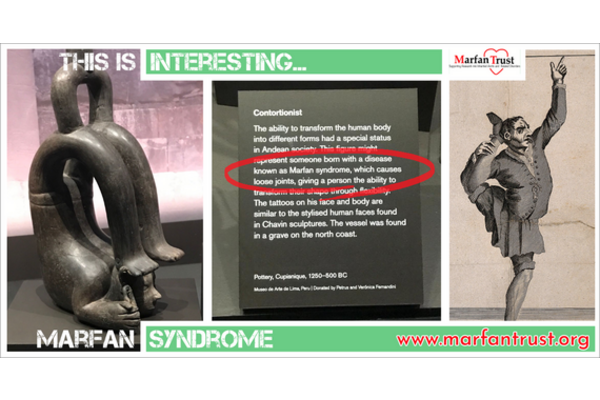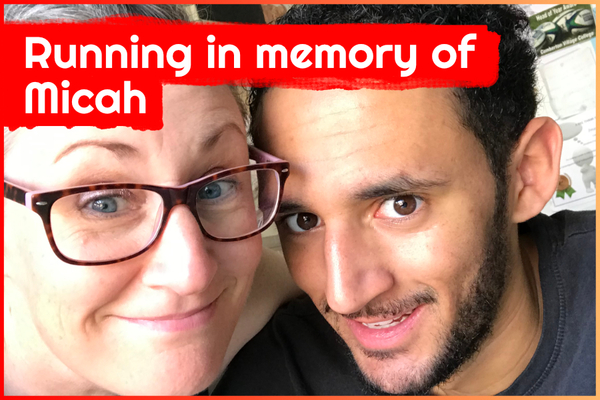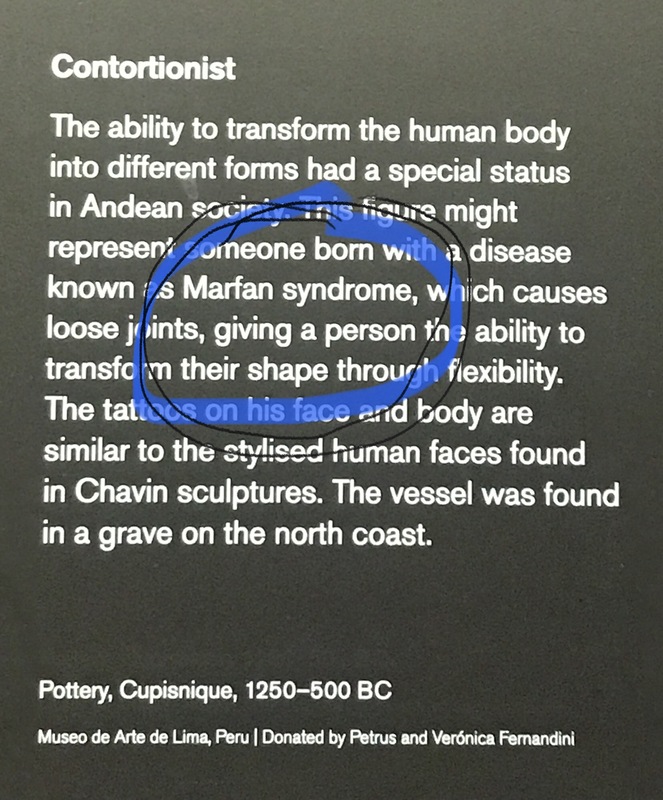
In thrall to nature, spirits and sacrifice, the ancient civilisations of the Andes depicted and immortalised their natural world, shamanic rituals and revered entities in astonishing feats of artistry. Amongst their objects of worship were the shape-shifting abilities conferred by hypermobility disorders! Marfan syndrome, we wonder? Read the small print!
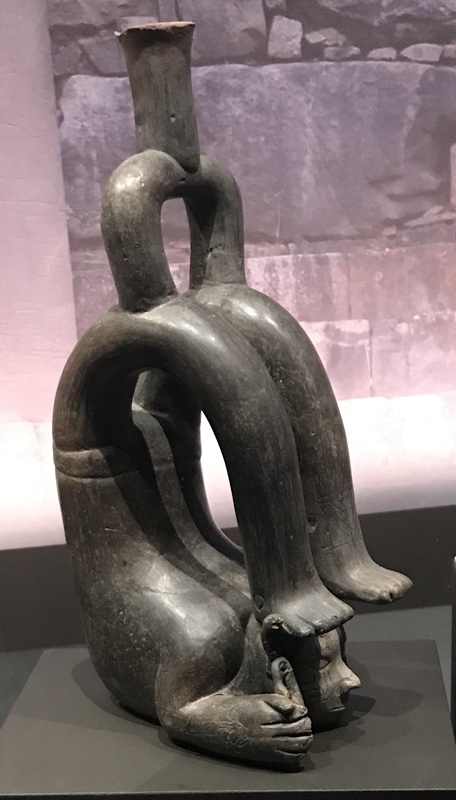
We visited the British Museum over the weekend for the exhibition Peru, a Journey in Time; that is Peru ‘before’ Peru, and happened across this ceremonial vessel, inspired perhaps by Marfan syndrome.
Before the colonisation of Peru lived amazing cultures who feasted on hallucinogenic cacti, created enormous earth drawings, built sophisticated networks of roads and made lots of pottery, one of the oldest preserved pieces being this pictured object which transmutes the likeness of a contortionist into a clay vessel. It is from the Cupisnique culture “who lived on what is now Peru’s Pacific northern coast. Thought to date from 1200BC, its shape is a contorted human body, possibly representing someone born with a disease that causes loose limbs and unusual flexibility – a revered ability.”
Does our contortionist have Marfan syndrome, or a similar connective tissue disorder? Either way, it's wonderful that flexible shape-shifting limbs have been celebrated for ceremonial purposes!
